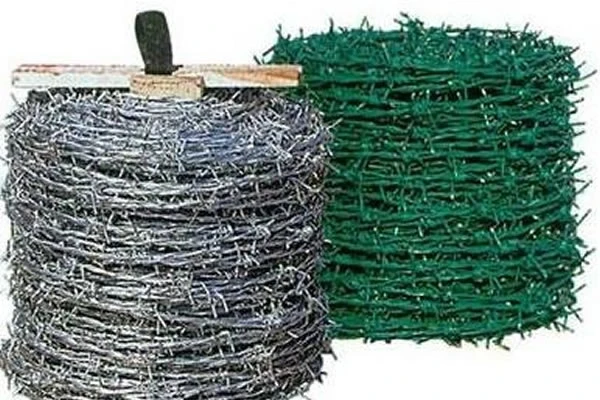 TEL:
+86-13102802206
TEL:
+86-13102802206
 Email:
fencenetting@china.com
Email:
fencenetting@china.com
 Language
Language
 TEL:
+86-13102802206
TEL:
+86-13102802206
 Email:
fencenetting@china.com
Email:
fencenetting@china.com
 Language
Language


Temporary Animal Fencing An Effective Solution for Managing Livestock
In today’s agricultural landscape, the need for effective livestock management techniques is more pressing than ever. Amid challenges posed by overcrowding, land management issues, and the quest for sustainable farming practices, temporary animal fencing has emerged as a viable solution for farmers and ranchers. This innovative approach not only aids in managing livestock more effectively but also enhances pasture health and ensures animal well-being.
Temporary animal fencing is designed to be easily set up and taken down, providing an adaptable barrier for livestock. Unlike traditional permanent fences, which can be expensive and time-consuming to install, temporary fencing offers flexibility. This is particularly advantageous for rotational grazing, a practice that promotes pasture recovery by allowing grass to regrow before animals return to graze. By moving temporary fencing, livestock can be directed to specific areas, reducing overgrazing and allowing for better management of land resources.
One of the primary materials used in temporary animal fencing is portable electric fencing. Electric fencing systems are lightweight, easy to install, and highly effective in containing animals due to the mild shock they provide to livestock that test the boundary. This type of fencing is particularly suited for animals that are more prone to escape, such as cattle or goats. Moreover, the visibility of the electric line helps animals understand their limitations, thereby promoting safety and reducing stress levels among the herd.
Another option for temporary fencing is the use of plastic, mesh, or high visibility tape. These materials serve as physical barriers that can be erected quickly and easily. Many farmers appreciate the versatility of mesh fencing, which can be used for small livestock like sheep, pigs, or poultry. The ease of installation allows farmers to create enclosures for specific needs, such as protecting young animals or designating areas for feeding and watering.

Temporary fencing also plays a crucial role in ensuring the safety and security of livestock. It helps minimize the risk of animal escapes, which can lead to accidents on roadways or in neighboring properties. Additionally, such fencing can protect animals from potential predators, thereby reducing stress and promoting a healthier living environment.
In addition to its utility in livestock management, temporary fencing is also an environmentally friendly option. Its functionality supports sustainable practices by promoting proper pasture management, preventing soil erosion, and enabling the regeneration of grasslands. Farmers who implement temporary fencing often notice an increase in soil health and biodiversity, as the land has the opportunity to recover between grazing periods.
Temporary animal fencing is not without its challenges, however. Extreme weather conditions can impact the effectiveness of the fencing, and regular maintenance is required to ensure its integrity. It is also important for farmers to consider the layout of their land and the behavior of their animals when designing their fencing strategy.
To optimize the use of temporary fencing, farmers should invest time in planning and temporarily monitoring their livestock's behavior. Observing how animals respond to different enclosures can provide valuable insights into improving fencing layouts and enhancing overall management practices. With proper implementation, temporary fencing can result in lower costs and improved livestock productivity.
In conclusion, temporary animal fencing has the potential to revolutionize livestock management practices. Its adaptability, ease of installation, and effectiveness in controlling grazing patterns make it an indispensable tool for today’s farmer. Moreover, as agriculture continues to evolve towards more sustainable practices, the role of temporary fencing in promoting environmental stewardship and animal welfare will only grow in importance. For those engaged in animal husbandry, embracing this innovative approach can pave the way for healthier livestock and more resilient farming operations.